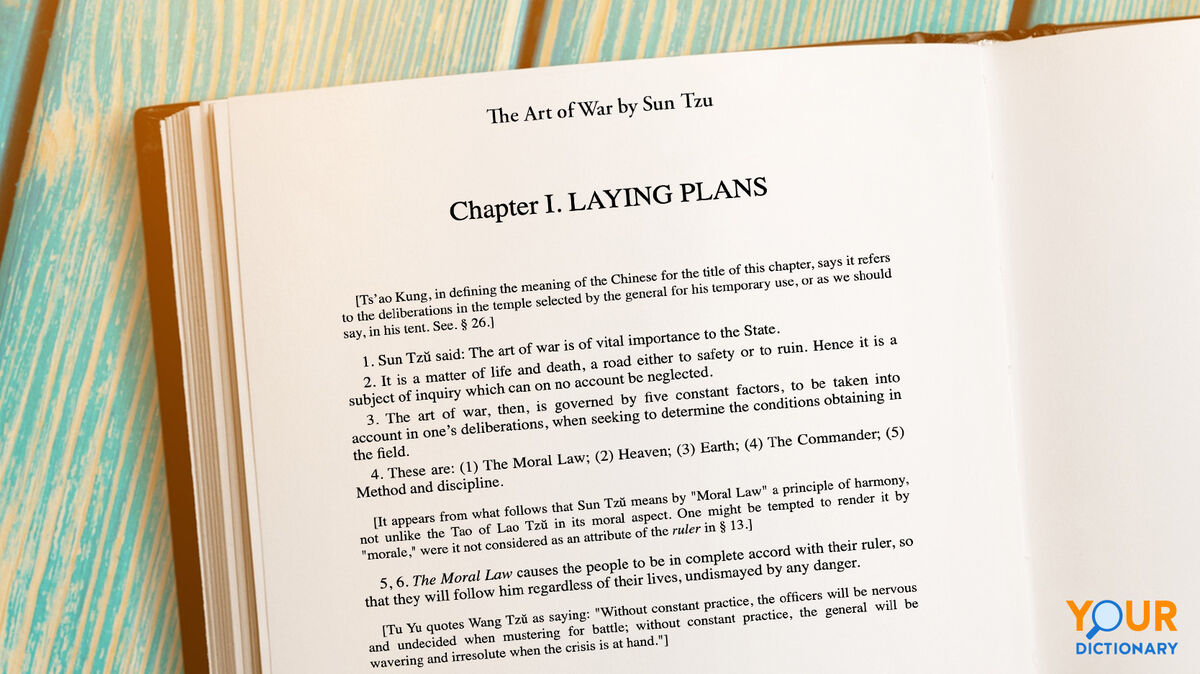
Why Use Annotations?
Annotations are used in order to add notes or more information about a topic as well as to explain content listed on a page or at the end of a publication. These notes can be added by the reader or printed by the author or publisher.
Another common use of annotations is in an annotated bibliography which details the information about sources used to back up research. Ultimately, annotations help readers to understand the main text and ensure the reader has all the information they need.
Annotations in Content
Highlighting or underlining key words or major ideas is the most common way of annotating and makes it easy to find those important passages again. You may also find annotations in some texts written by the authors themselves, regarding related topics or expanding on an idea.
Annotations can be used to:
provide reminders
help a reader engage with the text
add context
offer further clarification
How to Annotate
Take notes for a class, prepare for a presentation, book club or any other occasion: You can make your annotations as simple or elaborate as you want. For instance, you can use different color highlighters or sticky notes to color code the text for different things such as:
comments and questions
observations
text you want to quote
use of themes
vocabulary words to look up
Reader Annotations
You can go beyond marking up text and write notes on your reaction to the content or on its connection with other works or ideas. A reader might annotate a book, paper, pamphlet. or other texts for the following reasons:
a student noting important ideas from the content by highlighting or underlining passages in their textbook
a student noting examples or quotes in the margins of a textbook
a reader noting content to be revisited at a later time
a Bible reader noting sources in their Bible of relevant verses for study
an academic noting similar or contradictory studies related to their article or book
Examples of Reader Annotations
In this example, the reader makes notes about the article including their understanding of the material and how they can apply it. Here, the reader asks questions about the text that they want to see answered in the following sections or questions they themselves will address in their own paper.

Author or Publisher Annotations
Sometimes annotations can be found in the margins of a book, paper, article or other text for various purposes, including:
pronunciation explanations
explanation about a word or information in a sentence
notes from a scholar about the historical context of an event described in the main text
notes from a scientist about the study discussed in the main text
notes made by a realtor on a housing listing
notes from the coroner on an autopsy report
notes in a law book showing related court cases
Example of Author Annotations
Authors, editors, publishers, or others may use annotations to give historical context, explain the meaning of a word, offer insights or highlight information. In this edition of The Art of War by Sun Tzu, annotations are provided to explain the text.

Annotated Bibliography
Annotated bibliographies should include a brief summary about the source, the value of the source, and an evaluation of the reliability.
The list should be titled Annotated Bibliography or Annotated List of Works Cited. The bibliography should be listed alphabetically by author or title, by date of publication or by subject according to MLA and APA formatting styles.
Examples of Annotations in an Annotated Bibliography
The purpose of an annotated bibliography is to explain how you will use a source and your understanding of the information.
Anxiety Disorder. (2013). NIMH Website. Retrieved from: http://www.nimh.nih.gov/health...
This is a comprehensive listing of anxiety-related disorders with descriptions of each disorder and narratives from those who have coped with the symptoms. The site discusses how sufferers can get help and what resources are available. There is information about research currently underway to help with these disorders.The National Institute of Mental Health is a renowned organization committed to the education of individuals on mental health issues as well as research and dissemination of information pertaining to all aspects of mental health. This site is a useful tool to understand anxiety disorders and how they affect those suffering from them.
Dimeff, Linda, Koerner, Kelly, and Linehand, Marsha. Dialectical Behavior Therapy in Clinical Practice: Applications across Disorders and Settings. Guilford Press. 2007.
Dialectical Behavior Therapy, initially created as a means of treatment for those with bipolar disorder who showed suicidal tendencies, is now a more generalized method of treatment, established as effective for many psychological disorders. This book outlines the method and its increased usage.
Guilford Press is a publisher of many reputable books, both scholarly and in the self-help genre, that relate to psychology and psychiatry. The authors are highly knowledgeable in their field of practice making the source highly reliable
Magnitude of placebo response and drug-placebo differences across psychiatric disorders. (2004). Psychological Medicine. Retrieved from http://journals.cambridge.org/...
This article discusses the usage and effectiveness of various drugs in treatment for myriad psychiatric disorders, including anxiety. Six different disorders were studied using placebos to study the effects
Published by Cambridge Press, a respected and renowned publication, this scholarly article is highly informative, and the data considered reliable
Self Help Publications. (2013). Anxiety and Depression Association of America. Retrieved from http://www.adaa.org/finding-he...
This site is a useful tool to find resources to help those dealing with anxiety-related issues, no matter what the disorder. It is useful for various age ranges, giving information for adults as well as how to help teens or young children. Furthermore, the list offers some informative texts that would be helpful to those whose family members, friends, or other loved ones are trying to cope with anxiety-related disorders.
Composed by a reputable organization, the Anxiety and Depression Association of America, this list is a useful means of locating print resources to learn more about anxiety and how to help oneself, or others. Some treatment methods are discussed in detail in some publications, as well, helping researchers and others to better understand some of the specifics of treatment options.
Take Notes
Annotations are one of the best ways to make easy-to-follow notes. Explore other ways you can create notes for a paper or other document.